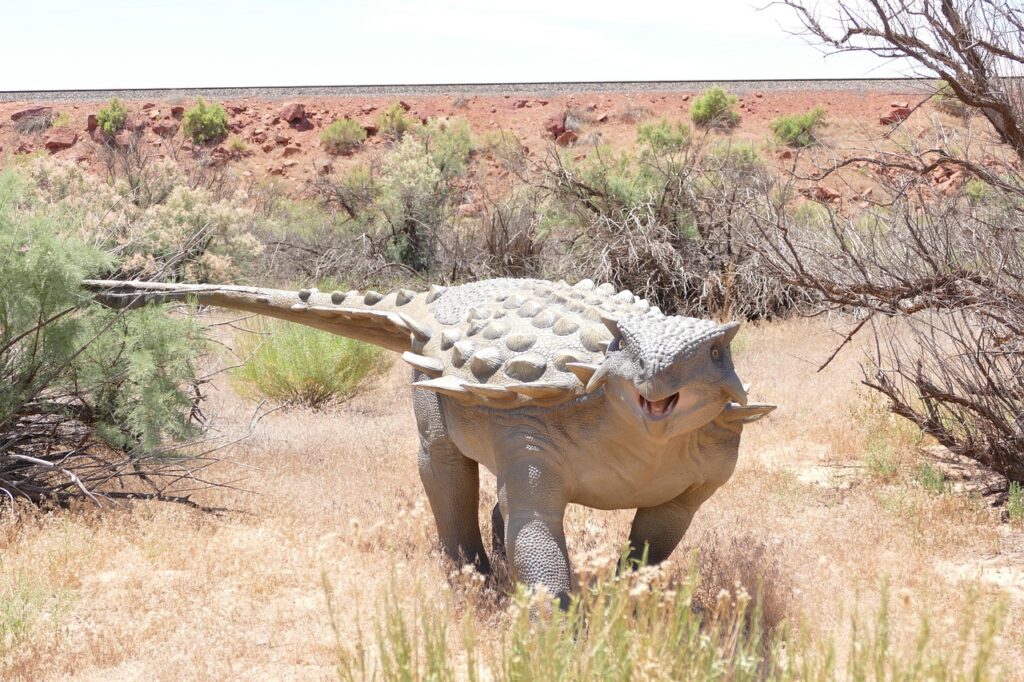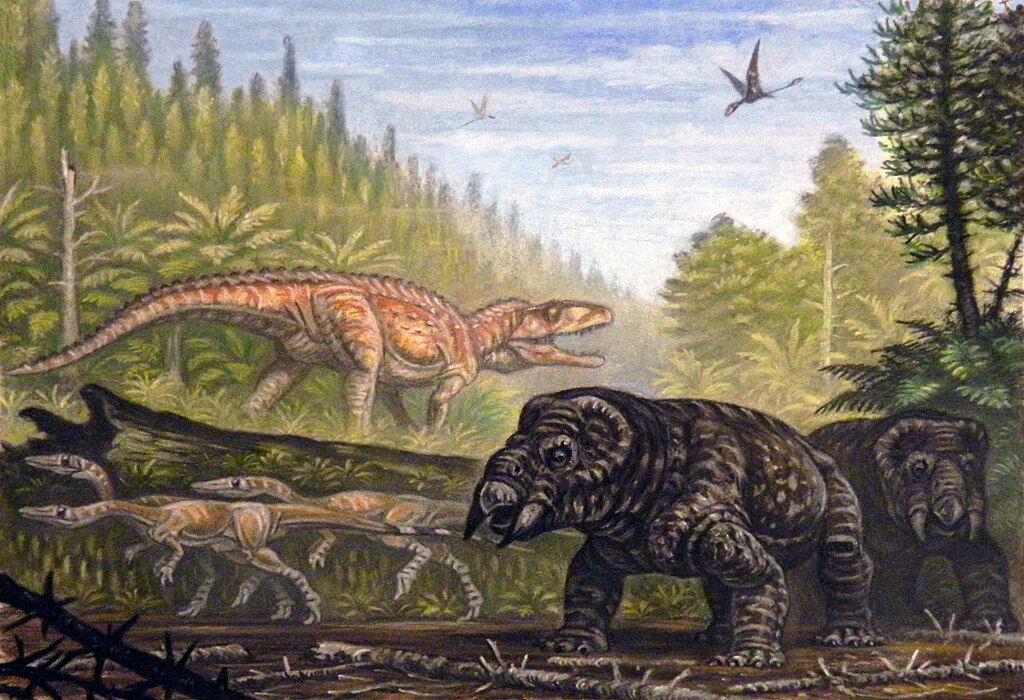Ever wondered what connects ancient titans with modern celebrities? The fascinating world of paleontology has some surprising links to pop culture. When scientists discover new species, they get the honor of naming them. Sometimes these names honor colleagues or describe physical features. Yet occasionally, researchers let their love for music, movies, or famous figures shine through in the most unexpected ways.
The tradition of naming dinosaurs after celebrities creates a unique bridge between prehistoric past and contemporary culture. These naming choices often tell stories about the scientists themselves, their musical tastes during long excavations, or their admiration for influential figures. Let’s dive into the remarkable world where ancient beasts meet modern fame.
Masiakasaurus knopfleri – The Dire Straits Dinosaur
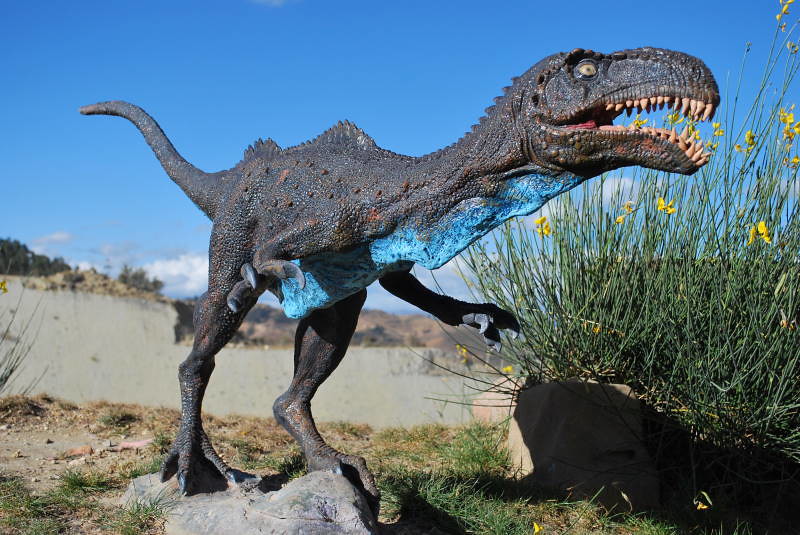
The type species, Masiakasaurus knopfleri, was named after the musician Mark Knopfler, whose music inspired the expedition crew. This small predatory theropod from Madagascar became the first dinosaur officially named after a rock star. The specialists who excavated the creature’s fossilized bones at a site on the northwestern end of Madagascar said that whenever they played Knopfler’s music during the dig, they found more fossils. To help pass the time excavating fossils under the baking Malagasy sun, expedition crews played a great deal of Knopfler’s music. His music appeared to have an additional, unanticipated effect — it brought good fortune in the hunt for fossils. Whenever Knopfler’s music was played in the quarry, crew members seemed to uncover more bones of Masiakasaurus.
The meat-eating Masiakasaurus, whose first name comes from the Malagasy word for “vicious,” was unusually small by dinosaur standards, about the size of a German Shepherd. It stood some five to six feet tall and would have weighed around 80 pounds, scientists estimate. It roamed Madagascar some 65-70 million years ago during the Late Cretaceous period, a time characterized by the abundance of reptiles. What made this dinosaur truly unique were its bizarre forward-projecting teeth, perfect for spearing prey in ways that no other known theropod could manage.
Confuciusornis – Honoring Ancient Wisdom
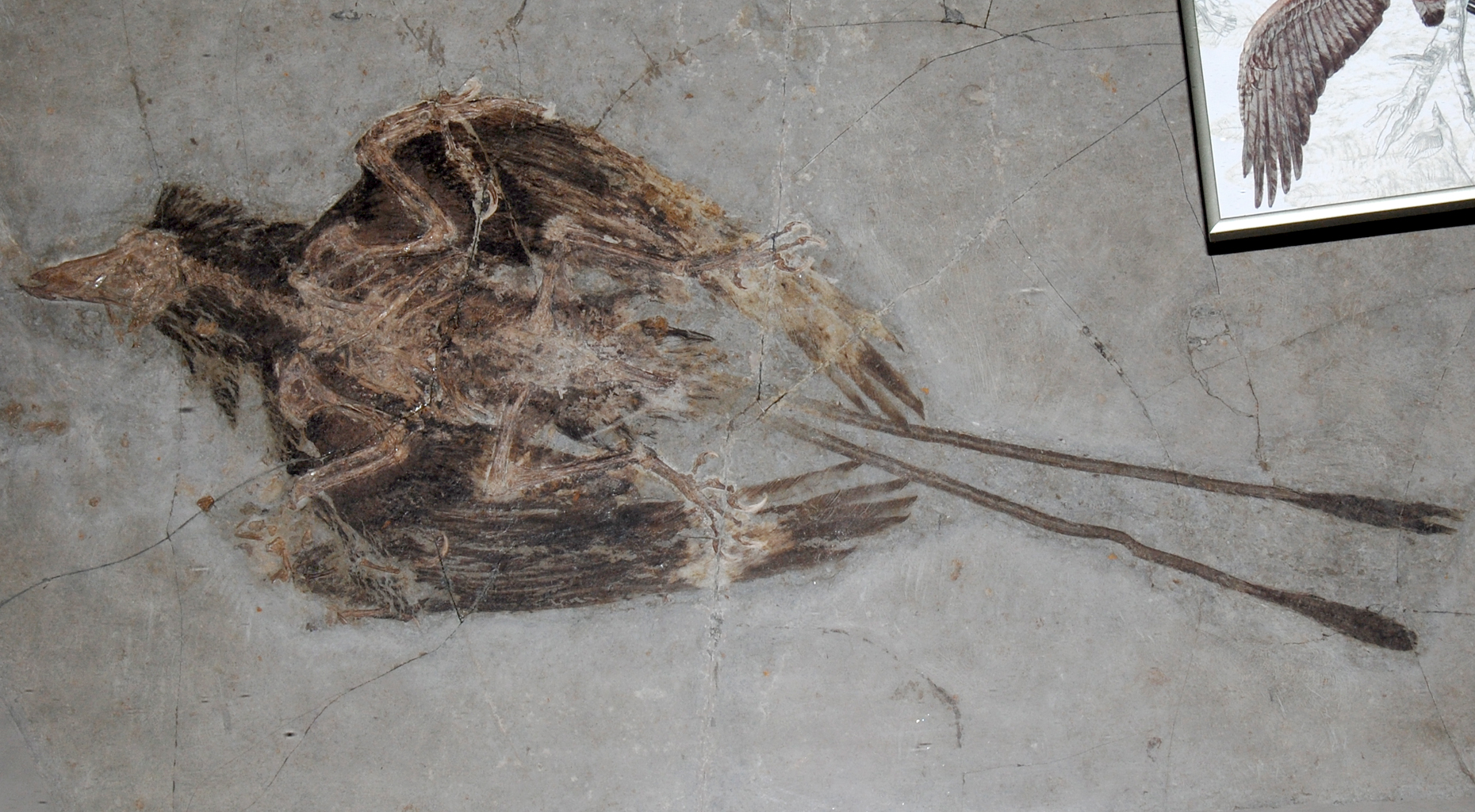
The bird was named after the Chinese philosopher Confucius, who lived from 551-479 BC. This early bird represents one of the most remarkable prehistoric creatures ever discovered, with thousands of specimens found in China’s fossil-rich formations. Confuciusornis is a genus of extinct birds that lived during the Late Jurassic and Early Cretaceous periods, roughly 161 million to 100 million years ago.
Unlike its rock star counterpart, Confuciusornis earned its name through respect for philosophical wisdom rather than musical inspiration. Its name translates to “Confucius Bird Sage”, in reference to Confucius, the famous Chinese philosopher. Like modern birds, Confuciusornis had a toothless beak, but close relatives of modern birds such as Hesperornis and Ichthyornis were toothed, indicating that the loss of teeth occurred convergently in Confuciusornis and living birds. It is the oldest known bird to have a beak. It was named after the Chinese moral philosopher Confucius (551-479 B.C.).
Dracorex – The Harry Potter Dragon King
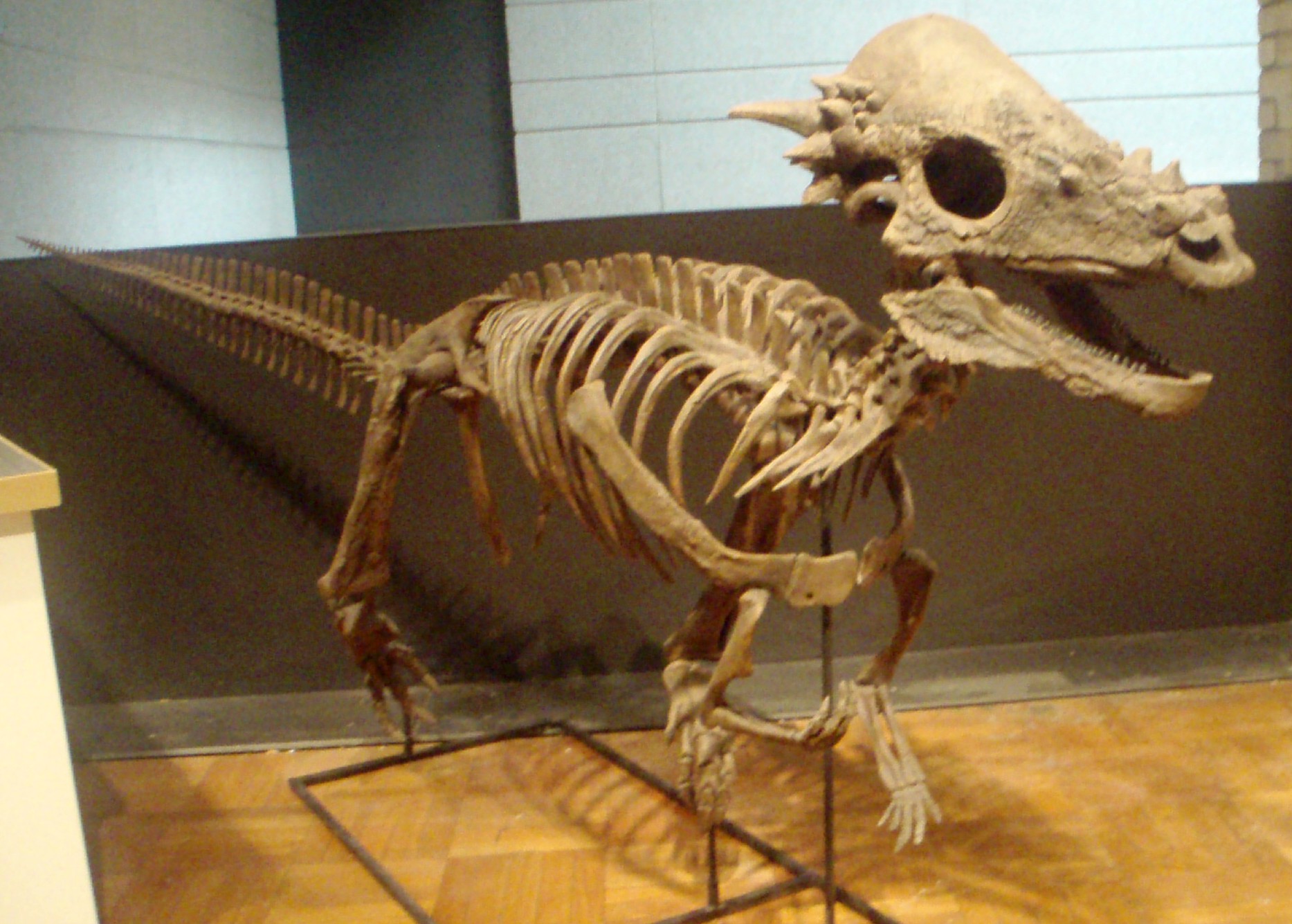
The world of children’s literature met paleontology when scientists discovered a dinosaur they christened Dracorex hogwartsia. This fascinating specimen draws its name from the beloved Harry Potter series, specifically referencing Hogwarts School. The discovery sparked worldwide attention as fans of both dinosaurs and wizardry celebrated this unique crossover.
The skull of this creature resembled something straight out of fantasy fiction, with dramatic spikes and an almost dragon-like appearance. Young dinosaur enthusiasts who discovered the fossil donated it to science, and researchers honored their contribution by incorporating the magical reference. This naming choice demonstrated how paleontology could capture the imagination of younger generations through familiar cultural references.
Zuul crurivastator – The Ghostbusters Connection
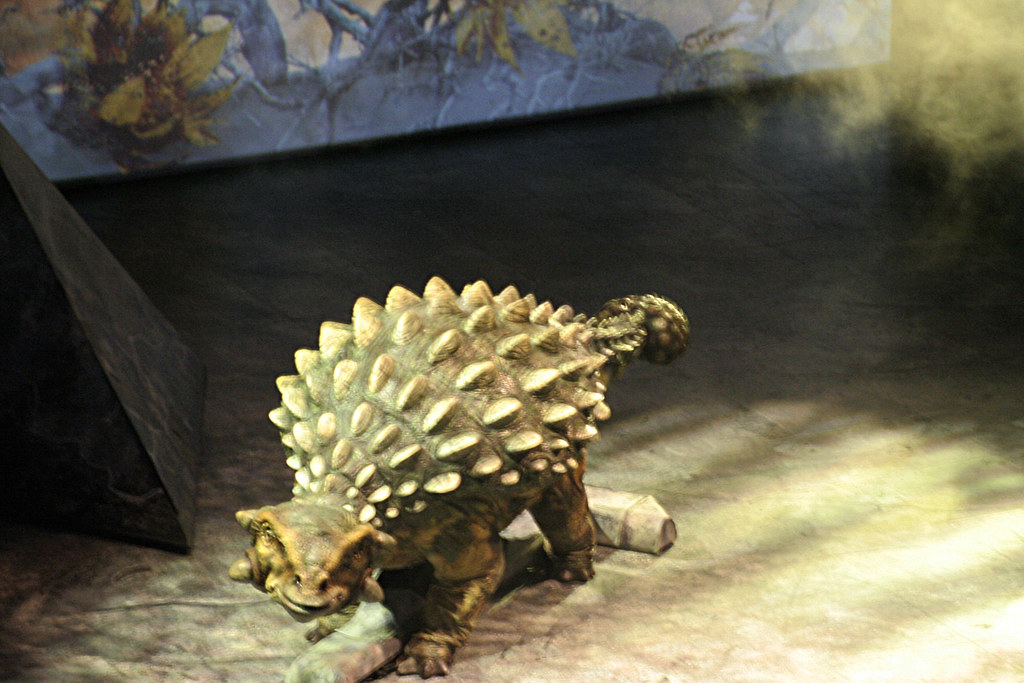
Named after the terrifying demon from the 1984 movie Ghostbusters, Zuul crurivastator brings horror movie fame to the fossil record. This ankylosaur possessed an intimidating skull structure that reminded scientists of the fictional beast that terrorized New York City. The scientific name perfectly captures both the creature’s fearsome appearance and its pop culture inspiration.
The discovery team felt the resemblance was too striking to ignore when they examined the well-preserved skull. Like its cinematic namesake, this dinosaur would have been a formidable presence in its ancient environment. The naming choice shows how modern entertainment can influence scientific nomenclature in surprisingly creative ways, bridging the gap between paleontology and popular culture in memorable fashion.
Bambiraptor – Disney Meets Dinosaur Science
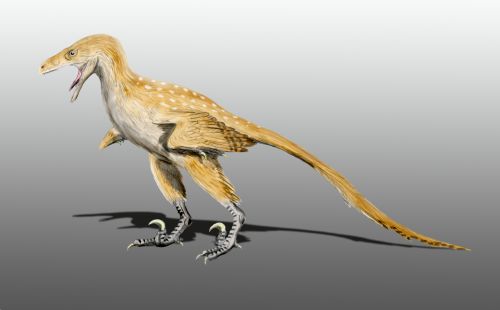
The world of Disney animation inspired the naming of Bambiraptor feinbergi, a small dromaeosaurid that captured hearts with its almost endearing appearance. This juvenile specimen reminded researchers of the innocent forest creatures from classic animated films. The name reflects both the creature’s delicate build and the sense of wonder it inspired in its discoverers.
Unlike the fierce predators typically associated with raptors, this particular specimen displayed characteristics that seemed more reminiscent of gentle woodland animals. The Disney reference wasn’t meant to diminish the creature’s predatory nature, but rather to highlight how even ancient carnivores could appear surprisingly graceful and elegant. This naming choice demonstrates how childhood memories and cultural touchstones can influence scientific thinking in unexpected ways.
Irritator challengeri – Literary Adventure Inspiration
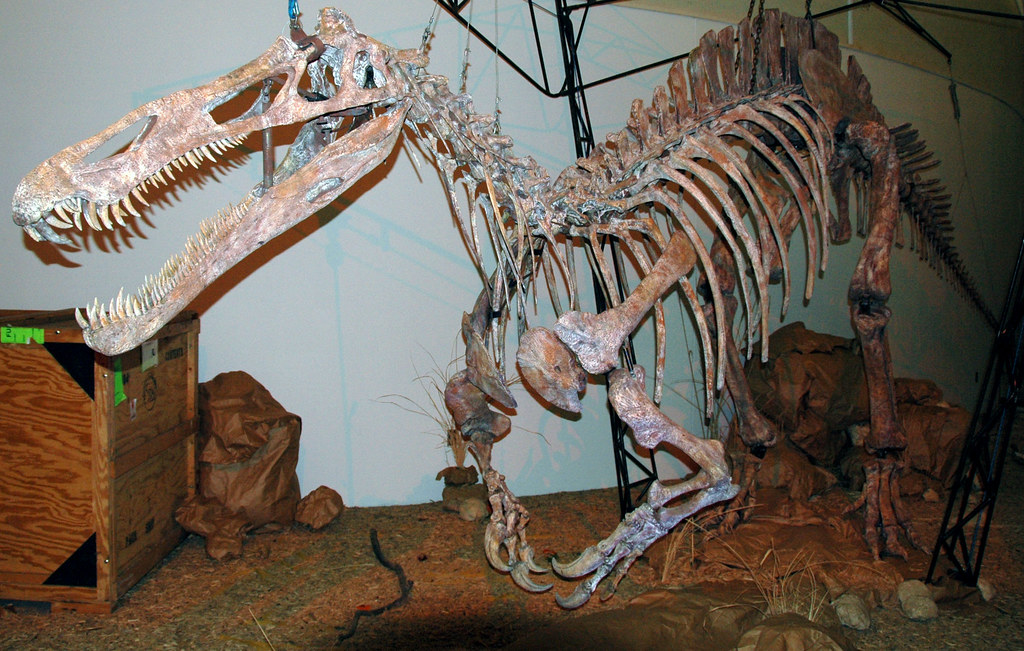
Sir Arthur Conan Doyle’s adventure novels provided inspiration for Irritator challengeri, a spinosaurid named after Professor Challenger from “The Lost World.” This discovery connected paleontology with classic adventure literature, honoring both the fictional explorer and the spirit of scientific discovery. The creature’s unique characteristics made it a fitting tribute to tales of prehistoric exploration.
The name also reflects the frustration scientists experienced while studying this particular specimen, as commercial fossil collectors had damaged important anatomical features. The dual meaning captures both literary homage and the real challenges faced in paleontological research. This naming choice shows how literature can inspire scientific nomenclature while acknowledging the practical difficulties of fossil study.
Gojirasaurus – The Monster Movie Legend
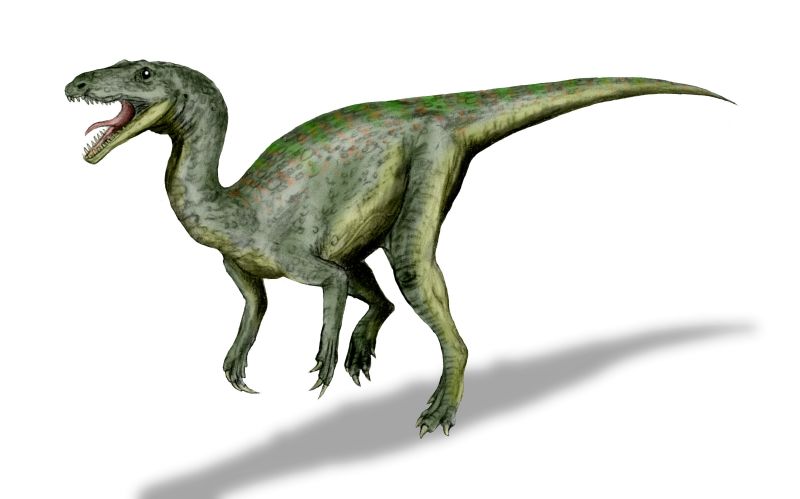
Japanese monster movies entered the fossil record with Gojirasaurus quayi, named after the legendary Godzilla (Gojira in Japanese). This massive theropod embodied the spirit of kaiju films, connecting prehistoric giants with modern monster cinema. The name celebrates both the creature’s impressive size and the enduring popularity of monster movies that have fascinated audiences for decades.
The discovery team recognized the parallel between ancient predators and fictional monsters that have captivated imaginations worldwide. Like its cinematic inspiration, this dinosaur would have been an apex predator in its ancient ecosystem. The naming choice bridges the gap between scientific discovery and entertainment, showing how monster movies can inspire appreciation for real prehistoric creatures.
Crichtonsaurus – Honoring Jurassic Park’s Creator
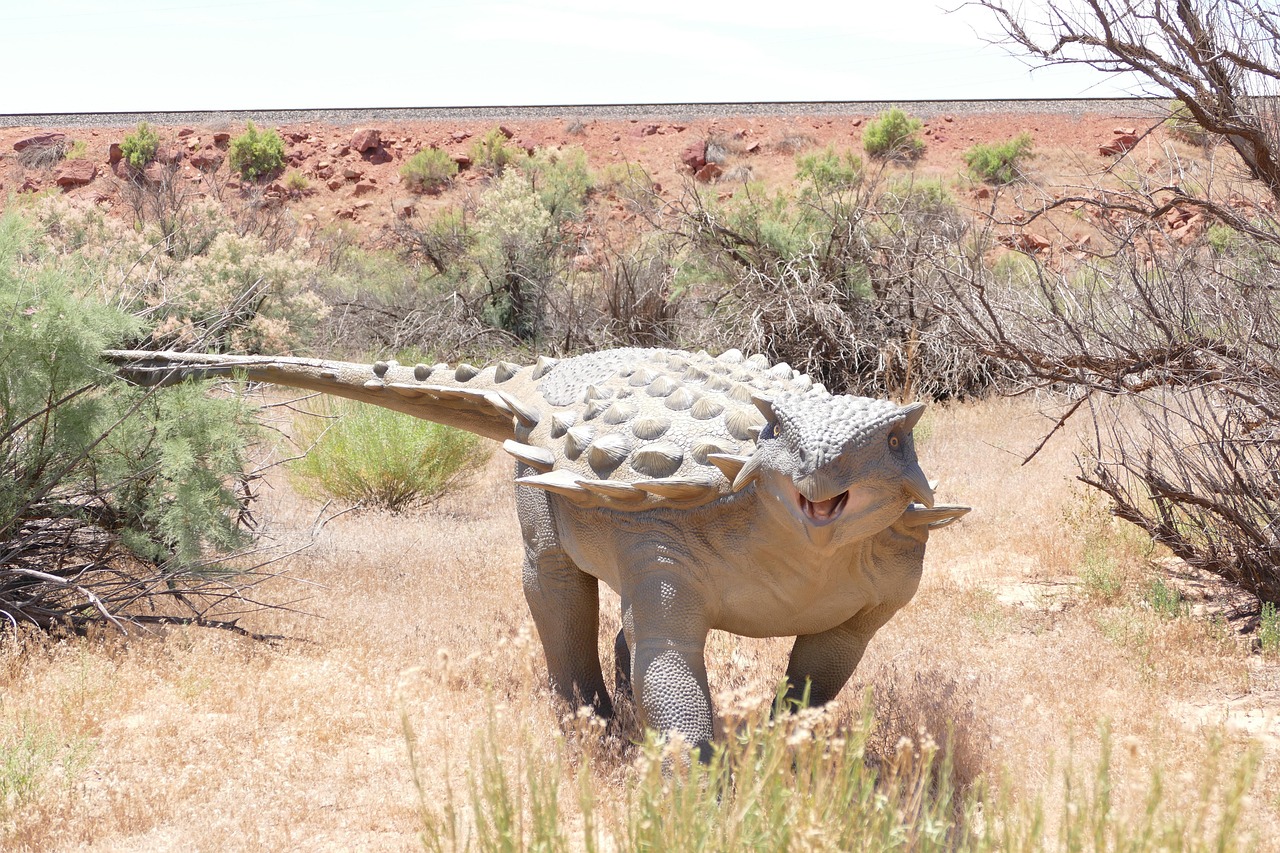
Charles Crichton, a geologist, was honored when scientists named Crichtonsaurus bohlini after him. This ankylosaur discovery honored Crichton’s contributions to geological research. The naming choice recognized his work in earth sciences.
The heavily armored herbivore seemed a fitting tribute to an author who brought dinosaurs back to life in popular imagination. This naming honors his contributions to geological understanding and scientific research.
What do you think about it? Tell us in the comments.

